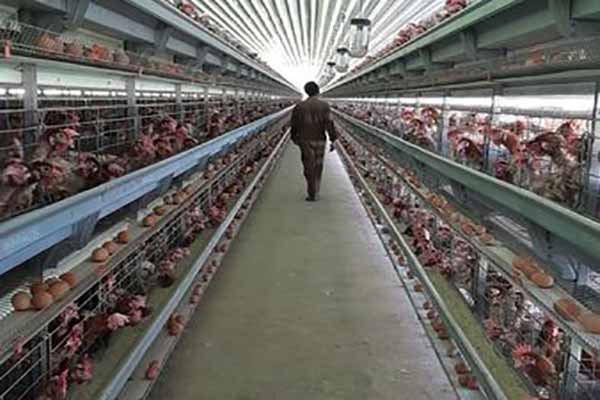Battery Cages for Chicken Farming in Kenya: Enhancing Efficiency and Welfare
Introduction to Battery Cages
Battery cages have become a popular choice for chicken farming due to their efficiency and ease of management. These cages are designed to house hens in a compact space, allowing for high-density poultry production. In Kenya, the adoption of battery cages has been on the rise, driven by the increasing demand for poultry products.
Benefits of Battery Cages in Kenya
– Increased Productivity: Battery cages facilitate high-density poultry production, leading to increased egg and meat yields.
– Easier Management: The structured design of battery cages makes it easier to manage and monitor the flock.
– Reduced Disease Spread: The confined space minimizes the risk of disease transmission among chickens.
– Cost-Effective: Despite the initial investment, battery cages can be cost-effective in the long run due to their efficient use of space and reduced labor requirements.
Challenges and Considerations
While battery cages offer numerous benefits, it’s important to consider the following challenges:
– Animal Welfare: Critics argue that battery cages are inhumane due to the limited space and lack of exercise for the chickens.
– Environmental Impact: The production of battery cages can have a negative environmental impact, particularly if not properly managed.
– Regulatory Compliance: It’s crucial to ensure that the use of battery cages complies with local regulations and standards.
Kenya’s Chicken Farming Industry
Kenya’s chicken farming industry has seen significant growth in recent years. With a population of over 50 million, the demand for poultry products is increasing. Battery cages have played a crucial role in meeting this demand, with an estimated 60% of Kenyan chicken farms using them.
Case Study: Battery Cages in Kenya
A study conducted in Kenya revealed the following statistics:
– Egg Production: Farms using battery cages reported an average of 300 eggs per hen per year.
– Meat Production: Battery cages contributed to an average of 2.5 kg of meat per hen per year.
– Space Utilization: Battery cages require approximately 0.5 square meters per hen.
Conclusion
Battery cages have become an integral part of Kenya’s chicken farming industry, offering numerous benefits while also presenting challenges. As the industry continues to grow, it’s crucial for farmers and investors to carefully consider the use of battery cages and ensure compliance with local regulations and animal welfare standards.
Get a Free Chicken Farm Design and Equipment Quote from LIVI Mechanical
Are you considering setting up a chicken farm in Kenya? Contact us today to get a free, customized design and equipment quote from LIVI Mechanical. Our team of experts will help you create an efficient and sustainable chicken farming operation.





